The Mr. Local History Project took a moment out to answer a very simple set of questions, of which we’ve learned many people just didn’t know the correct answer. The Somerset Hills is an area of northern Somerset County, New Jersey, named after Somerset in England. But do you know the origins of each of the towns in the Somerset Hills? How about the difference between Bernards Township and Basking Ridge? Is Bernardsville and Bernards Township pronounced the same? We try to answer all of these questions. 11 towns and 11 fun fact filled stories.
1. Bedminster, New Jersey

We wish there were more to say about Bedminster, New Jersey, but the fact is the area was simply named to honor the sister community in England. Bedminster is a district of Bristol, England, on the south side of the city. Hamlets inside New Jersey’s Bedminster boundaries include Lamington, Pluckemin, Lesser Crossroads, Lower Crossroads, and Pottersville.
Formed by a Charter designated by King George II back in 1749, there’s no secret to where the town’s name came from but that from Bedminster, UK. Bedminster, then in Somerset, England, and now a district of Bristol,England. Bedminster Township in New Jersey however, was created by Royal charter on April 4, 1749, from portions of what was known as the Northern precinct. It was incorporated formally by an act of the New Jersey Legislature on February 21, 1798.
Many of the township’s roads are still unpaved to support local equestrian riding and fox hunting. Read more
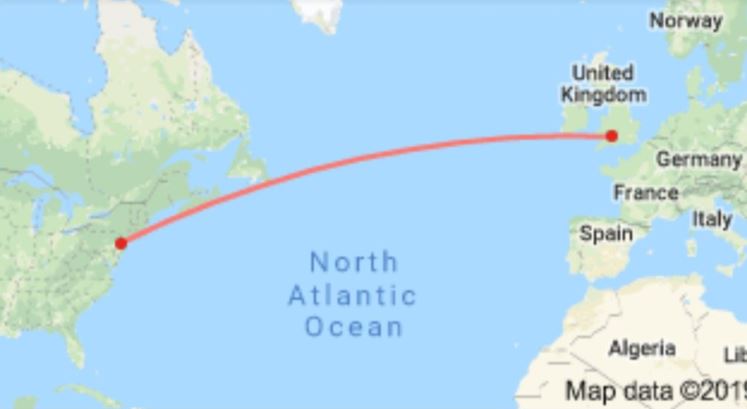
Bedminster Zip Codes: 07921, 07931, 07934, 07978,07979
2. Bernards Township, New Jersey

Bernards Township is a strange phenomenon. While the township is a conglomerate of 4 communities, most people simple refer to the entire area as Basking Ridge. Yet that is a bit unfair as Basking Ridge makes up only one of the 4 major areas in the township. The township includes the hamlets of Basking Ridge, Lyons, Liberty Corner, Madisonville, and the area once known as West Millington. The township was chartered officially by Sir Francis Bernard (Ber-Nard), who served as governor of the Province of New Jersey. The charter was signed by King George II officially on May 24, 1760 which is honored every year by the townships Charter Day celebration. If you want to be a local, you have to say it like this: Bern-erds Township.
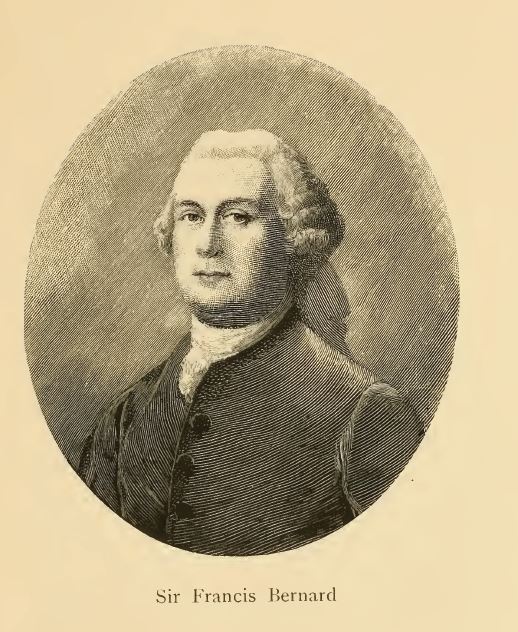
Ber- Nard was the Royal Governor of New Jersey from 1758-1760 shortly after arriving in America. The Charter of Bernardston, NJ was one of his last tasks as governor as he then became the Governor of Massachusetts from August 1760 thru 1769. He was a big part of the Stamp Act which later led to the Boston Tea Party.
The interesting part about Bernards Township is that you never see a sign on the highway to exit for Bernards Township. You only see Basking Ridge. Hummmm, why is that? Confusing as many residents still say they live in Basking Ridge, when they actually live in Bernards Township. Com Si – Com sa.
Bernards Township is also very proud to have its own flag. Learn more about what the flag depicts and stands for – Click Here
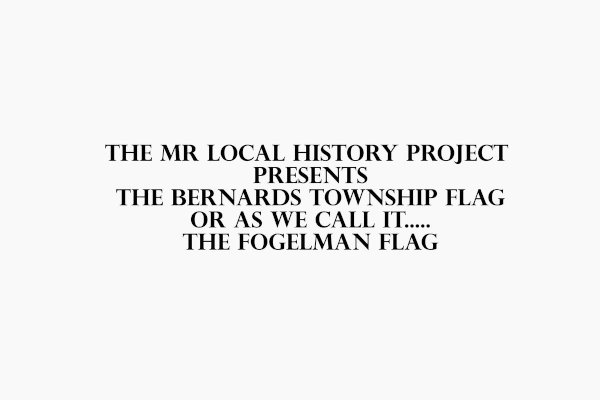
Learn more about each of the Bernards Township hamlets – Click Here
Bernards Township Zip Codes: 07920, 07931, 07938, 07939
3. Basking Ridge, New Jersey
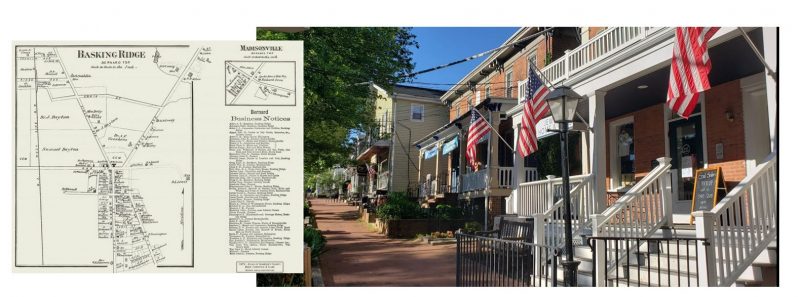
Known today as the Village of Basking Ridge, the hamlet is one of the 4 major areas that make up Bernards Township along with Lyons, Liberty Corner, Madisonville, and the area once known as West Millington.
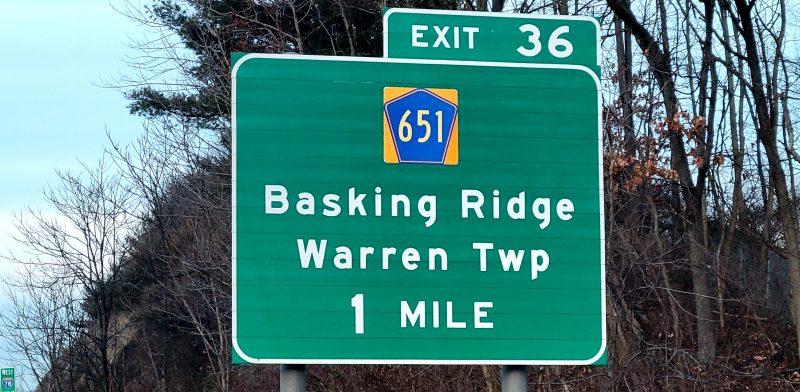
The name “Basking Ridge” first appeared in the records of the Presbyterian Church in 1733. The writer noted that wild animals from the surrounding lowlands would bask in the sunlight on the ridge. At that time, the church was a log cabin on what is now East Oak Street. Many people don’t know it but there is a sister town of Basking Ridge, California near San Jose as well.
Basking Ridge Zip Codes: 07938
4. Liberty Corner, New Jersey
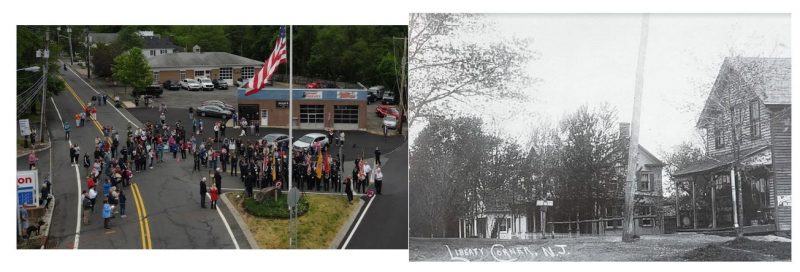
Before Liberty Corner, the area was actually called Annin’s Corner honoring the local Annin family that settled in the area and built out the Annin Homestead. As a hotbed of activity during the Revolutionary War, honoring the Annin’s and their family that supported the Continental Army providing medical care and food, the residents decided to erect a Liberty pole at the crossroads of Main Street and Lyon’s Road and agreed to change the name to Liberty Corner. The actual Liberty pole can still be seen just off the triangle at the town’s center. Learn more about the history of what was once Annin’s Corner but now serves as the only Liberty Corner in the United States – Read More
Liberty Corner Zip Codes: 07938
5. Lyons, New Jersey
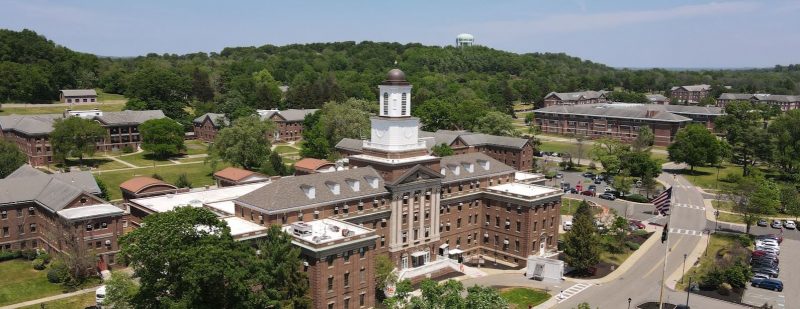
John H. Lyon is responsible for bringing the railroad system from Summit across the Passaic River to Bernardsville. Activities started in March 1869 after the US Supreme Court upheld Bernards Township Railroad bondholders to secure funding for the project. Lyon’s project completed with the first passengers voyage on January 29, 1872.
The Lyons VA Hospital at Lyons, New Jersey, has its origins in the 1920s, when the Sixty-eighth Congress passed an act authorizing appropriations to provide hospital and outpatient facilities for veterans under the World War Veterans Act of 1924. The act was signed into law (Public Law #587) by President Calvin Coolidge on March 3, 1925. Coolidge’s signature authorized $10 million to the U.S. Veterans Bureau to construct and improve existing disabled veterans hospitals across the United States.
In May 1925, the director of the Veterans Bureau notified President Coolidge that possible sites for the future veterans hospital in the Second District were beginning to be considered. The Second District included the states of New York, New Jersey, and Connecticut. 1925, first consideration would be given to tracts already owned by the federal government.
The Lyons section of Bernards Township sits in between the villages of Basking Ridge and Liberty Corner. It’s main attraction is the United States Veterans Administration hospital campus. While the area is named after the Lyons family that owned the farmland back in the early 1800s, the nearby Lyons train station serves as a key transportation for Hoboken and New York commuters.
Lyons Zip Codes: 07920 (and they have their own fire department as well)
6. Bernardsville, New Jersey
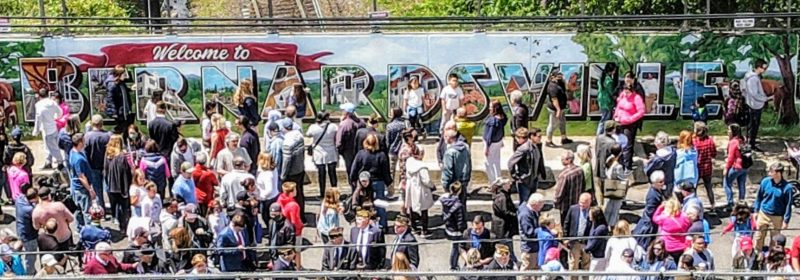
Many people forget that Bernardsville was the northern town center for Bernards Township until it separated from Bernards back in 1924. Now here’s the confusing part. As you may have guessed, the village was also named after the former Governor of New Jersey, Sir Francis Bernard. Before being officially renamed Bernardsville, the area was once known as Vealtown, and there are a host of rumors as to why that name was used back in revolutionary times. Vealtown, settled around 1715 and located in northern Bernards Township, was renamed Bernardsville in Sir Francis Bernard’s honor in 1840.
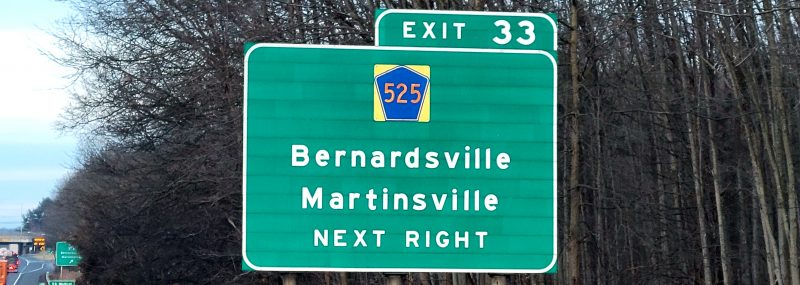
While the village of Basking Ridge flourished as an orchard and farming community, it was Bernardsville that attracted the rich which became known as the Mountain Colony of the Gilded Age during the late 1800s and early 1900s. They had their Millionaires Express train from Hoboken to Bernardsville, along with fantastic horse-drawn limousines to take them up and down the mountain, as the small village of Bernardsville housed the masons, craftsmen, and employees to the area’s largest employers.
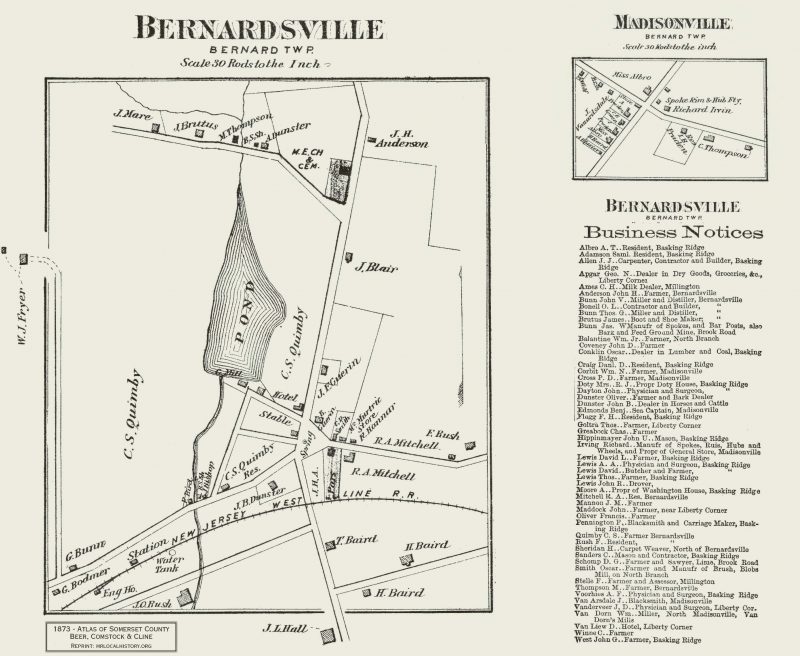
While Bernards Township is pronounced Bern-erds Township, Bernardsville is actually pronounced “Bern-erds Ville” and not “Ber-NARDs ville”. They’ll know you’re not from the area if you call it Ber-NARDs ville. It’s our little secret.
Bernardsville Zip Codes: 07924, 07931
7. Far Hills, New Jersey
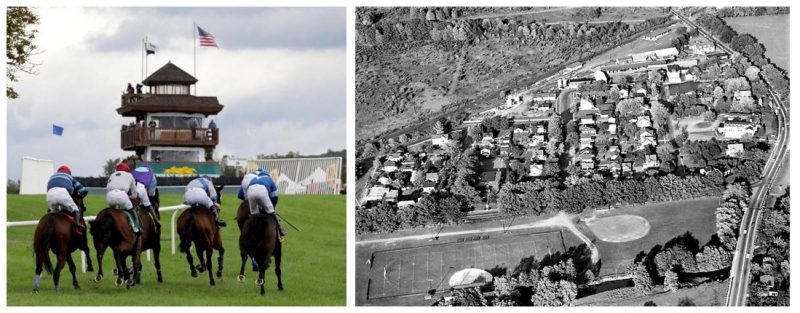
The boro, once also part of Bernards Township, Far Hills was incorporated as a borough on April 7, 1921. Anticipating the demand for country properties was Evander H. Schley, a land developer and real estate broker from New York State. He bought several thousand acres of farmland, some of it sight unseen, in Bedminster and Bernards townships in the 1880s. One day in 1887, Schley’s brother, Grant, and his wife, Elizabeth, arrived by horse-drawn carriage to see Evander’s farms. Elizabeth is said to have remarked on the beautiful vista of the “far hills,” thus giving the name to the place before a village was built. While we do have photos of brother Grant, we are unable to locate a photo of his wife, Elizabeth, to grant her the credit she is due!
8. Peapack, New Jersey

Peapack is believed to have been derived from “Peapackton,” a Lenape Native American term meaning “marriage of the waters”, a reference to the confluence of the Peapack Brook and Raritan River in the area. Peapack is a wonderfully quaint little town that has access to the world via NJ Transit rails and the nearby US Route 287. The area was developed back in the Gilded Age when aristocrats came to the end of the railroad lines and purchased large swaths of land that became estate getaways for the rich. Two estates, Blairsden (private) and Natirar (public) are two beautifully maintained estates in the Peapack valley.
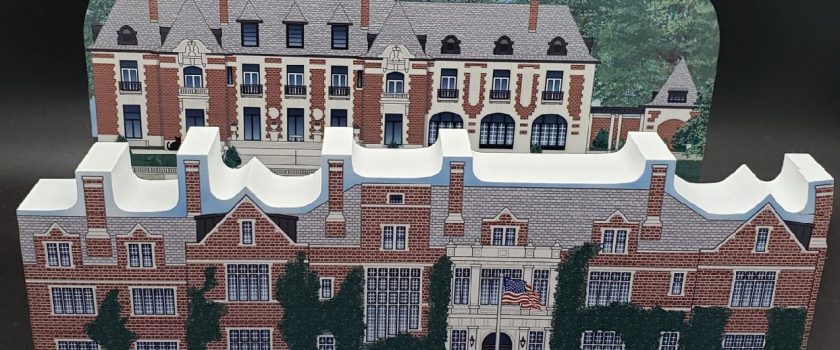
Peapack Zip Codes: 07931, 07934, 07977
9. Gladstone, New Jersey
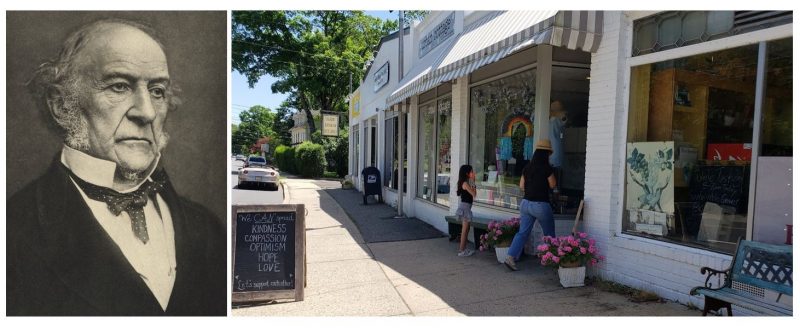
In 1900. William Hillard wanted to add a post office north of Peapack. Hillard owned the property now housing Gill St. Bernard School. When he filled out the application for a new post office, he thought of the recent Prime Minister of Great Britain was a good name. After receiving permission to do so, Gladstone was named in honor of William Ewart Gladstone, who served as British Prime Minister several times between 1868 and 1894.
Operational until the mid-1930s, the Moses Craig lime kiln is situated at the center of Peapack. Like Peapack, the two towns are often mentioned as one, notably Peapack & Gladstone, New Jersey. Peapack-Gladstone was incorporated as a borough by an act of the New Jersey Legislature on March 28, 1912, from portions of Bedminster Township, subject to the results of a referendum held on April 23, 1912. Based with a quiet little hamlet of shops including a barber, bakery, and general store, you get to relax alongside peace and quite of this beautiful area.
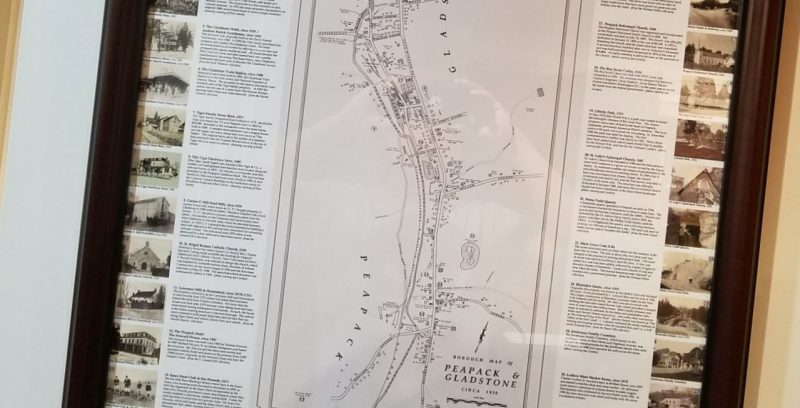
Gladstone Zip Codes: 07931, 07934, 07977
10. Pluckemin, New Jersey
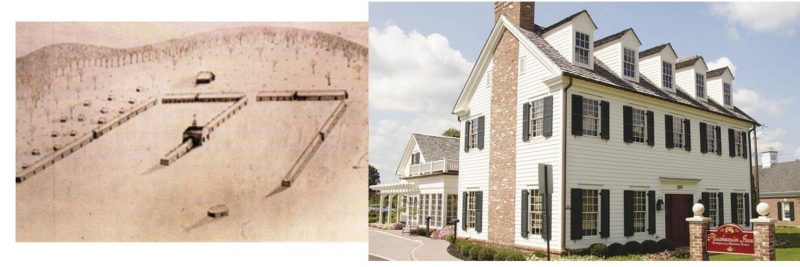
The Pluckemin Inn, while totally redone, has been in existence, recorded back to the early 1800s, and a man named Jacob Eoff. Pluckemin is listed on the National Register of Historic Places.
Located at the southern end of Bedminster Township, Pluckemin is pronounced just like you think. Pluck- em- in. And as the story goes, you have two possible answers to the village’s origins. There is conjecture regarding the naming of Bedminster’s Pluckemin village. Some think it’s French, “Plaqueminier” (persimmon) meaning “the date-plum” or persimmon-tree, which latter trees grew here in abundance. Persimmons grow from Florida to Connecticut, but they are rare north of New Jersey. They are classed as an endangered species in New York State.
Some feel the origin of the names comes from the word Pluckamin, a dialect form of the Algonquin Indian Putchamin. Some think it came from a village name in Scotland.
Yet others think the name derived from a local Tavern’s early keeper Jacob Eoff who, in luring customers into his premises by nailing a loose horseshoe to the ground on the road outside his tavern, knew the passers-by would certainly dismount to grab the shoe, and Eoff would “Pluck- ’em-in”. Most feel that this was just a ruse to the real French term.
Pluckemin Zip Codes: 07921, 07978
11. Pottersville, New Jersey
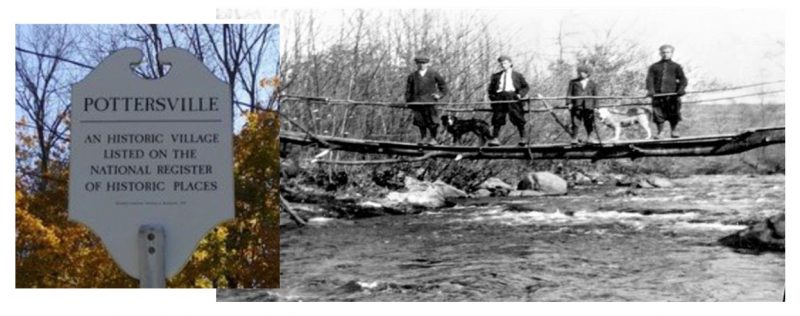
Pottersville is also listed on the National Register of Historic Places.
A sleepy hamlet at the northern tip of Bedminster lies the village of Pottersville. Known for the lazy Black River and the famed Pottersville Fire Department and their antique show, Pottersville gets its name from the Pottersville Fire Department. Pottersville is an unincorporated community split between Bedminster Township in Somerset County, Tewksbury Township in Hunterdon County, and Washington Township in Morris County, New Jersey, United States.
Pottersville, an unincorporated village, spans the Lamington River (the main tributary of the North Branch of the Raritan River) just below the junction of Hunterdon (west), Morris (north), and Somerset (east) Counties in north central New Jersey. Pottersville was first called Lamington and afterwards Potters Mills. There were mills here as early as 1756, built and owned by William Willet. One Mill still stands on the left side of County Route 512 heading towards Califon. It was initially used for weaving woolen goods and later turned into a grist mill. The first grist mill was built along the Black River, but no longer stands. A commemorative plaque has taken its place.
Willet sold his mills to a member of the Potter family. The property was acquired by Colonel Samuel Potter and passed in turn to his son, Jonathan, and then to his grandson, Sering. From the end of the 19th century through the early decades of the 20th, a number of changes were made at the mills themselves and in the village, which became known as Potter’s Mills. A post office was established at the Potter store, and Potter’s Mills officially became Pottersville. Seering was the first postmaster who held the job for over 40 years.
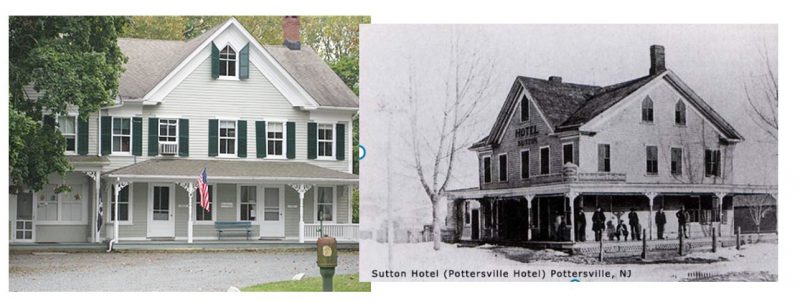
Black River Falls in Pottersville prompted the railroad to run excursions to the falls. The land around the glen was made into picnic grounds and an amusement park. There was a merry-go-round, dance pavilion, and refreshment stand. Some visitors came from Jersey City, N.J., and usually stayed at the Pottersville Hotel. The failure of the peach crop ultimately led to the demise of the Rockaway Railroad. One town resident remembers the park open as late as 1920.
There is also a Pottersville Village Historic District, which many don’t know was where the Far Hills Race meeting got its start with the first Farmers Day celebration in the area.
Pottersville Zip Codes: 07934, 07979
Preserving Local History – Exclusive Wooden Keepsakes
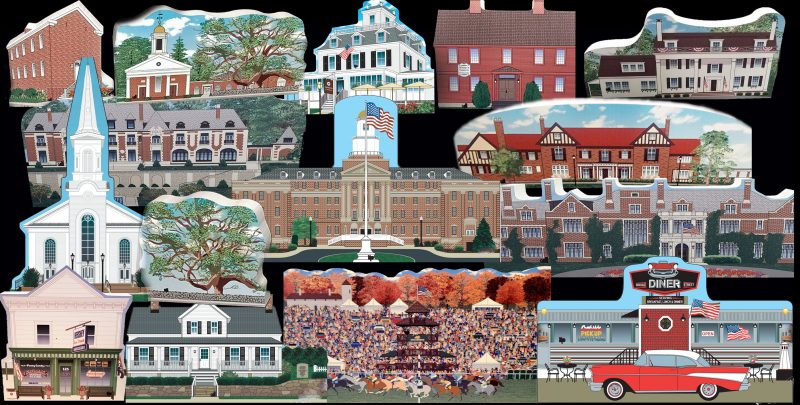

Learn how.

Bedminster also contains the hamlets of Burnt Mills and Union Grove. A good source of the history can be found at: http://bedminsternj.hosted.civiclive.com/government/bedminster_history
Pottersville is named after the Potter family, Isaac, Sam etc. It was originally known as Lamington Falls, Lamington is the area by the church. You forgot the Mine Brook community which at one time was very large. Also the Mount Prospect area of Bernards. All of Bedminster was known as Peapack or the Peapack Tract before 1749….
Thanks for this, Brooks!
The Rockabye railway stopped at Pitney Farm, Mendham, it was such an important farm.
Thank you Brooks it is always wonderful to read what touches on your wealth of information.